|
Your search criteria found 3914 images Feature Name |
| My List |
Addition Date
|
Target | Mission | Instrument | Size |

|
1998-09-26 | Mars |
Mars Global Surveyor (MGS) |
Mars Orbiter Camera (MOC) |
418x888x1 |
|
|
|||||

|
1998-10-13 | Callisto |
Galileo |
800x799x1 | |
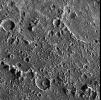
|
|||||

|
1998-10-13 | Callisto |
Galileo |
Solid-State Imaging |
1422x1252x1 |
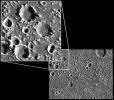
|
|||||

|
1998-10-13 | Callisto |
Galileo |
Solid-State Imaging |
800x799x1 |
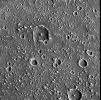
|
|||||

|
1998-10-13 | Callisto |
Galileo |
Solid-State Imaging |
720x703x1 |
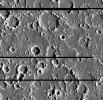
|
|||||

|
1998-10-13 | Europa |
Galileo |
Solid-State Imaging |
2686x2494x1 |
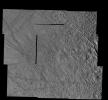
|
|||||

|
1998-10-13 | Callisto |
Galileo |
Solid-State Imaging |
6490x13101x1 |

|
|||||

|
1998-10-13 | Io |
Galileo |
Solid-State Imaging |
1054x352x3 |
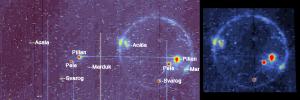
|
|||||

|
1998-10-13 | Jupiter |
Galileo |
Solid-State Imaging |
880x620x3 |
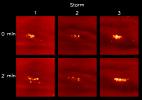
|
|||||

|
1998-10-13 | Io |
Galileo |
Solid-State Imaging |
689x350x3 |
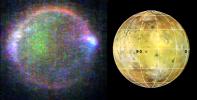
|
|||||

|
1998-10-13 | Europa |
Galileo |
Solid-State Imaging |
747x800x1 |

|
|||||

|
1998-10-13 | Oberon |
Voyager |
VG ISS - Narrow Angle |
1500x1500x1 |
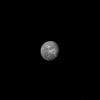
|
|||||

|
1998-10-21 | Callisto |
Galileo |
2220x1700x3 | |
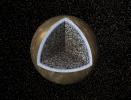
|
|||||

|
1998-10-30 | Jupiter |
Voyager |
2081x1654x3 | |
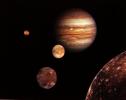
|
|||||

|
1998-10-30 | Miranda |
Voyager |
1581x1600x1 | |

|
|||||

|
1998-10-30 | Neptune |
Voyager |
2073x2678x3 | |

|
|||||

|
1998-11-02 | Io |
Voyager |
1573x1738x3 | |

|
|||||

|
1998-11-03 | Ida |
Galileo |
Solid-State Imaging |
580x400x3 |
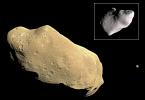
|
|||||

|
1998-11-08 | Dione |
Voyager |
VG ISS - Narrow Angle |
500x500x1 |
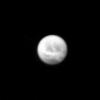
|
|||||

|
1998-11-11 | U Rings |
Voyager |
VG ISS - Narrow Angle |
400x200x1 |
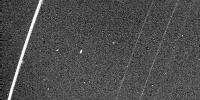
|
|||||

|
1998-11-13 | Dione |
Voyager |
VG ISS - Narrow Angle |
600x450x1 |
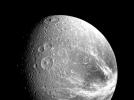
|
|||||

|
1998-11-17 | S Rings |
Voyager |
VG ISS - Narrow Angle |
541x400x1 |

|
|||||

|
1998-11-24 | Europa |
Galileo |
Solid-State Imaging |
1950x850x3 |
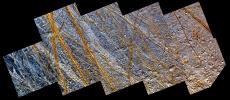
|
|||||

|
1998-12-05 | Io |
Voyager |
VG ISS - Narrow Angle |
600x600x3 |
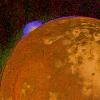
|
|||||

|
1998-12-05 | Saturn |
Voyager |
VG ISS - Narrow Angle |
1200x1500x3 |

|
|||||

|
1998-12-05 | Enceladus |
Voyager |
VG ISS - Narrow Angle |
1000x1000x3 |
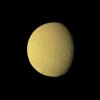
|
|||||

|
1998-12-05 | Uranus |
Voyager |
VG ISS - Narrow Angle |
1567x929x3 |
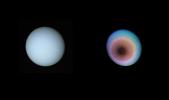
|
|||||

|
1998-12-07 | Europa |
Galileo |
Solid-State Imaging |
633x900x1 |

|
|||||

|
1998-12-07 | Europa |
Galileo |
Solid-State Imaging |
453x597x1 |

|
|||||

|
1998-12-07 | Europa |
Galileo |
Solid-State Imaging |
678x900x1 |

|
|||||

|
1998-12-07 | Europa |
Galileo |
Solid-State Imaging |
1231x558x3 |
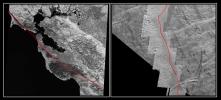
|
|||||

|
1998-12-07 | Europa |
Galileo |
Solid-State Imaging |
1152x830x1 |
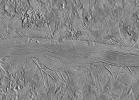
|
|||||

|
1998-12-07 | Europa |
Galileo |
Solid-State Imaging |
1152x507x3 |
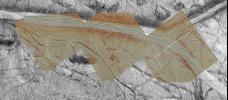
|
|||||

|
1998-12-07 | Callisto |
Galileo |
Solid-State Imaging |
1152x884x3 |
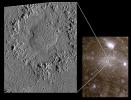
|
|||||

|
1998-12-07 | Callisto |
Galileo |
Solid-State Imaging |
1152x884x3 |
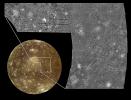
|
|||||

|
1998-12-07 | Io |
Galileo |
Solid-State Imaging |
1152x887x3 |
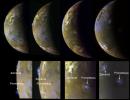
|
|||||

|
1998-12-07 | Europa |
Galileo |
Solid-State Imaging |
2476x1988x1 |
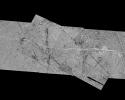
|
|||||

|
1998-12-07 | Europa |
Galileo |
Solid-State Imaging |
1152x626x3 |
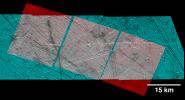
|
|||||

|
1999-01-06 | Tethys |
Voyager |
VG ISS - Narrow Angle |
900x2100x1 |
|
|
|||||

|
1999-01-18 | Europa |
Galileo |
Solid-State Imaging |
988x900x1 |
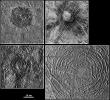
|
|||||

|
1999-01-18 | Europa |
Galileo |
Solid-State Imaging |
700x540x1 |
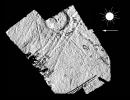
|
|||||

|
1999-01-18 | Io |
Galileo |
Solid-State Imaging |
1152x614x1 |
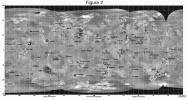
|
|||||

|
1999-01-18 | Europa |
Galileo |
Solid-State Imaging |
1050x520x3 |
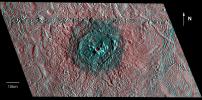
|
|||||

|
1999-01-18 | Io |
Galileo |
Solid-State Imaging |
800x800x3 |
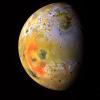
|
|||||

|
1999-01-18 | Io |
Galileo |
Solid-State Imaging |
708x526x3 |
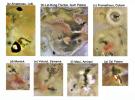
|
|||||

|
1999-01-18 | Europa |
Galileo |
Solid-State Imaging |
1192x1636x3 |

|
|||||

|
1999-02-08 | Europa |
Voyager |
VG ISS - Narrow Angle |
864x922x1 |

|
|||||

|
1999-02-23 | Enceladus |
Voyager |
VG ISS - Narrow Angle |
1000x1000x1 |
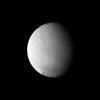
|
|||||

|
1999-03-06 | Jupiter |
Voyager |
VG ISS - Narrow Angle |
1000x1000x3 |
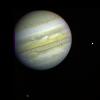
|
|||||

|
1999-03-06 | Tethys |
Voyager |
VG ISS - Narrow Angle |
600x600x1 |
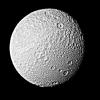
|
|||||

|
1999-03-06 | Tethys |
Voyager |
VG ISS - Narrow Angle |
400x400x1 |
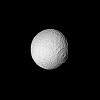
|
|||||

|
1999-03-13 | Io |
Voyager |
VG ISS - Narrow Angle |
783x930x3 |

|
|||||

|
1999-03-13 | Ganymede |
Voyager |
VG ISS - Narrow Angle |
830x650x3 |
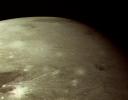
|
|||||

|
1999-03-13 | Ganymede |
Voyager |
VG ISS - Narrow Angle |
875x905x3 |

|
|||||

|
1999-03-13 | Ganymede |
Voyager |
VG ISS - Narrow Angle |
860x901x3 |

|
|||||

|
1999-03-15 | Callisto |
Voyager |
VG ISS - Narrow Angle |
300x300x3 |
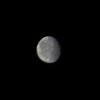
|
|||||

|
1999-03-15 | Ganymede |
Voyager |
VG ISS - Narrow Angle |
600x600x3 |
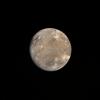
|
|||||

|
1999-03-15 | Callisto |
Voyager |
VG ISS - Narrow Angle |
300x300x1 |
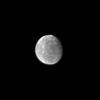
|
|||||

|
1999-04-11 | Tethys |
Voyager |
VG ISS - Narrow Angle |
250x170x1 |
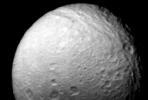
|
|||||

|
1999-04-11 | Enceladus |
Voyager |
VG ISS - Narrow Angle |
450x469x1 |

|
|||||

|
1999-04-11 | Saturn |
Voyager |
VG ISS - Narrow Angle |
750x300x1 |
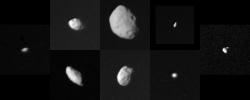
|
|||||

|
1999-04-15 | Earth |
Spaceborne Imaging Radar-C/X-Band Synthetic Aperture Radar |
4000x2850x3 | |
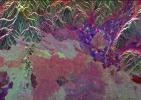
|
|||||

|
1999-05-03 | 2000x2445x3 | |||

|
|||||

|
1999-05-08 | Titan |
Voyager |
1715x1825x3 | |

|
|||||

|
1999-05-08 | Titan |
Voyager |
1296x960x3 | |
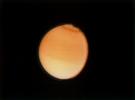
|
|||||

|
1999-05-15 | Earth |
Voyager |
VG ISS - Narrow Angle |
565x790x3 |

|
|||||

|
1999-05-18 | Venus |
Hubble Space Telescope |
WFPC2 |
170x248x3 |

|
|||||

|
1999-05-21 | Moon |
Hubble Space Telescope |
WFPC2 |
1125x754x1 |
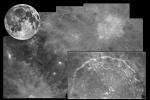
|
|||||

|
1999-05-21 | Io |
Hubble Space Telescope |
WFPC2 |
3000x1930x3 |
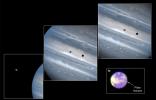
|
|||||

|
1999-05-21 | Mimas |
Voyager |
VG ISS - Narrow Angle |
140x140x1 |
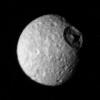
|
|||||

|
1999-06-12 | Earth |
DSPSE |
Ultraviolet/Visible Camera |
969x1385x3 |

|
|||||

|
1999-06-12 | Moon |
DSPSE |
Star Tracker |
1168x1552x1 |

|
|||||

|
1999-06-16 | Europa |
Voyager |
VG ISS - Narrow Angle |
450x450x3 |
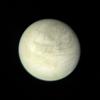
|
|||||

|
1999-06-16 | Io |
Voyager |
VG ISS - Narrow Angle |
600x460x3 |

|
|||||

|
1999-06-16 | Tethys |
Voyager |
VG ISS - Narrow Angle |
150x150x1 |
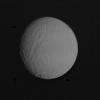
|
|||||

|
1999-06-19 | U Rings |
Voyager |
VG ISS - Narrow Angle |
740x725x1 |
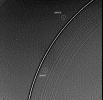
|
|||||

|
1999-06-19 | Titania |
Voyager |
VG ISS - Narrow Angle |
150x440x1 |
|
|
|||||

|
1999-06-19 | Titania |
Voyager |
VG ISS - Narrow Angle |
784x560x1 |
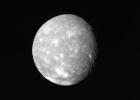
|
|||||

|
1999-06-21 | Uranus |
Voyager |
VG ISS - Narrow Angle |
512x512x1 |
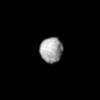
|
|||||

|
1999-06-22 | Miranda |
Voyager |
VG ISS - Narrow Angle |
975x195x1 |

|
|||||

|
1999-07-16 | Io |
Voyager |
VG ISS - Narrow Angle |
300x300x3 |
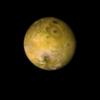
|
|||||

|
1999-07-23 | Ganymede |
Voyager |
VG ISS - Narrow Angle |
100x100x3 |
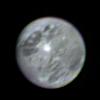
|
|||||

|
1999-07-25 | Neptune |
Voyager |
VG ISS - Narrow Angle |
545x445x1 |
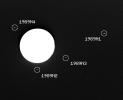
|
|||||

|
1999-07-25 | Neptune |
Voyager |
VG ISS - Narrow Angle |
373x438x1 |

|
|||||

|
1999-08-08 | 1989N2 |
Voyager |
VG ISS - Narrow Angle |
635x315x1 |
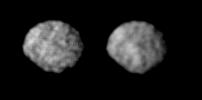
|
|||||

|
1999-08-08 | N Rings |
Voyager |
VG ISS - Narrow Angle |
550x675x1 |

|
|||||

|
1999-08-27 | Europa |
Galileo |
Solid-State Imaging |
2530x1327x3 |
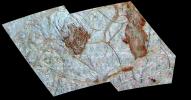
|
|||||

|
1999-08-27 | Io |
Galileo |
Solid-State Imaging |
2796x2796x3 |
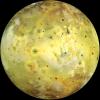
|
|||||

|
1999-08-27 | Io |
Galileo |
Solid-State Imaging |
2796x2796x3 |
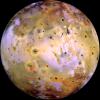
|
|||||

|
1999-08-27 | Io |
Galileo |
Solid-State Imaging |
2000x1380x3 |
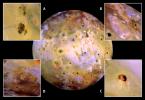
|
|||||

|
1999-09-01 | Moon |
Cassini-Huygens |
ISS - Narrow Angle |
712x512x1 |
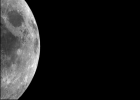
|
|
||||

|
1999-09-01 | Moon |
Cassini-Huygens |
ISS - Wide Angle |
413x300x1 |
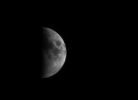
|
|
||||

|
1999-09-10 | Moon |
Cassini-Huygens |
ISS - Narrow Angle |
1084x1025x1 |
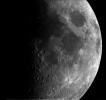
|
|||||

|
1999-09-10 | Moon |
Cassini-Huygens |
ISS - Narrow Angle |
1424x1024x1 |
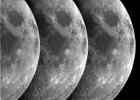
|
|||||

|
1999-09-30 | Europa |
Galileo |
Near Infrared Mapping Spectrometer |
837x796x3 |
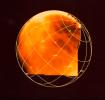
|
|||||

|
1999-10-07 | Mercury |
Mariner Venus Mercury (Mariner 10) |
356x311x1 | |
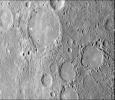
|
|||||

|
1999-10-07 | Mercury |
Mariner Venus Mercury (Mariner 10) |
300x352x1 | |

|
|||||

|
1999-10-07 | Mercury |
Mariner Venus Mercury (Mariner 10) |
208x655x1 | |
|
|
|||||

|
1999-10-07 | Mercury |
Mariner Venus Mercury (Mariner 10) |
775x1023x1 | |

|
|||||

|
1999-10-07 | Callisto |
Galileo |
Solid-State Imaging |
449x449x1 |
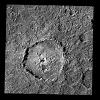
|
|||||

|
 |
 |
 |
 |
 |
 |
 |
 |
 |
 |

|
| 1-100 | 101-200 | 201-300 | 301-400 | 401-500 | 501-600 | 601-700 | 701-800 | 801-900 | 901-1000 |
| Currently displaying images: 301 - 400 of 3914 |